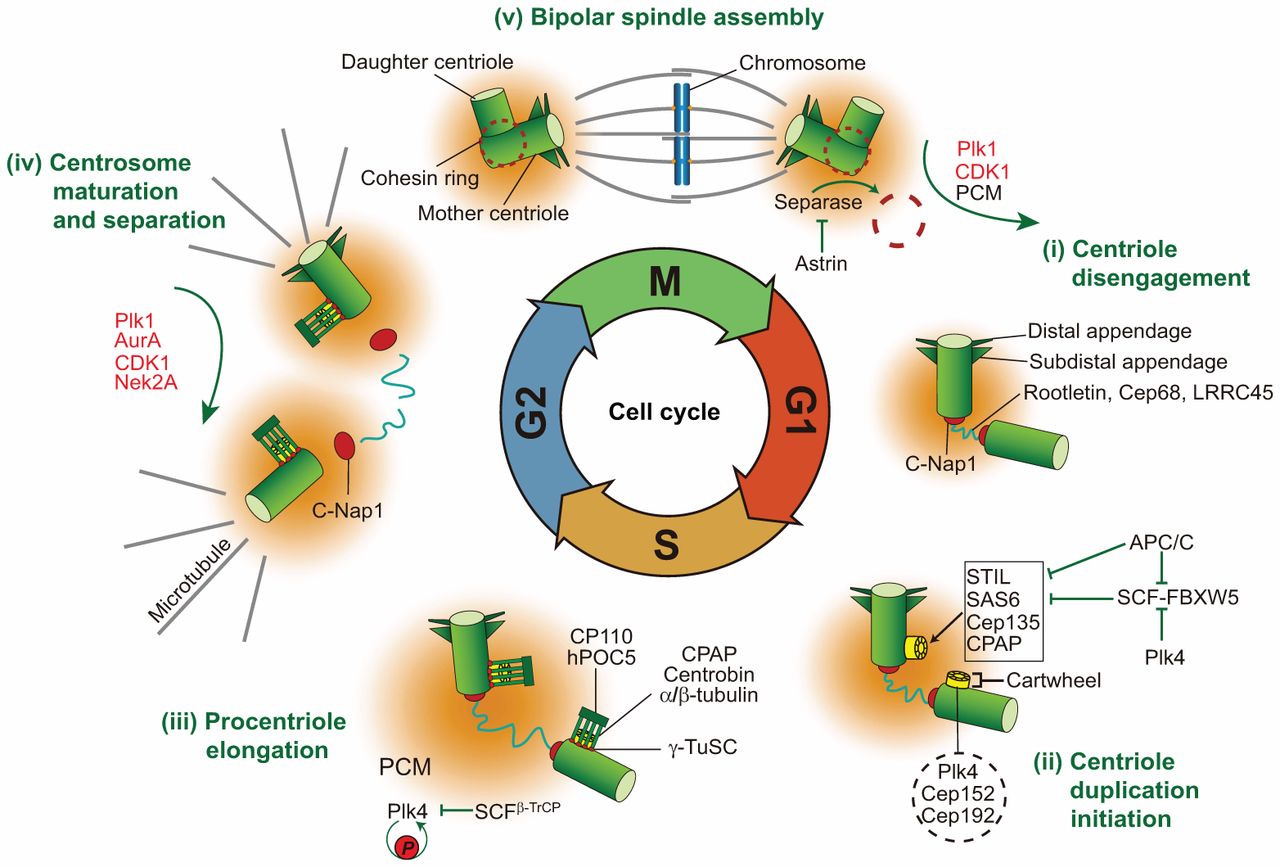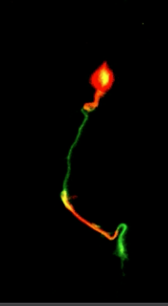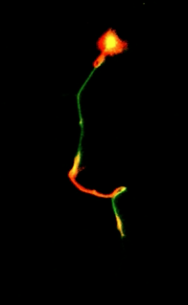|
|||||||||||||||
|

CLICK ON weeks 0 - 40 and follow along every 2 weeks of fetal development
|
|||||||||||||||||||||||||||
Neurons must wriggle to reach their final destination Humans' most basic motor functions as well as cognitive thoughts, depend on this journey of neurons and the connections they make. A new study from Drexel University shows that the gliding movement of a small group of cellular structures called microtubules, play a key role in keeping neurons on their proper trajectory. This discovery could ultimately help researchers better understand how neurons gone astray contribute to neurodevelopmental disorders, according to Peter Baas PhD, a professor in the Department of Neurobiology and Anatomy at Drexel University, College of Medicine in Philadelphia, Pennsylvania, USA and the study's principal investigator.
The study, published this month in the Journal of Cell Biology, focuses on microtubules and the molecular motor proteins that generate force on these structures. Until recently, the primary accepted idea was that microtubules' main functions were to grow longer and shorter — as "passive players" in the wiring of our nervous system. Researchers also assumed that all "functionally relevant" microtubules were attached to the centrosome, lying in the center of a cell's cytoplasm, near the nucleus. Called the organization center of a cell by Baas.
Baas and his research team used electron tomography — an extension of traditional electron microscopy — to beam electrons through the center of a target at incremental degrees as the target is rotated. The data collected is reassembled into a three-dimensional image. Researchers wanted to see whether any microtubules detach from the centrosome, and if so, how detachment might affect how neurons travel.
They found that a small group of microtubules are not attached to the centrosome, and that motor proteins can actually slide these unattached microtubules around within the neuron as it migrates. Next, they wanted to know how those slithering, unattached microtubules mattered to how neurons move? So, they immobilized the motor protein ninein. Now, they saw that although neurons still slid around, they frequently changed direction, instead of moving in a simple, forward motion toward their intended goals.
Going a step further, researchers detached more microtubules from the centrosome by knocking out an anchoring protein. This caused many of the neurons to slow down or even come to a complete halt. Yet the neurons' axons continued to grow to long lengths. By manipulating levels of protein, researchers now know that even the smallest alterations can greatly change the morphology and migratory behavior of a neuron, which can translate into developmental problems.
Abstract |
May 23, 2016 Fetal Timeline Maternal Timeline News News Archive
By manipulating levels of the ninein protein, researchers watched as a neuron changed motion. Normally creating a "wriggle" that appears to spur forward movement of a neuron, deleting the motor protein ninein, caused neurons to lose forward momentum towards their intended goal. Image Credit: Peter Baas, Drexel University Eurekalert
|
|||||||||||||||||||||||||||





